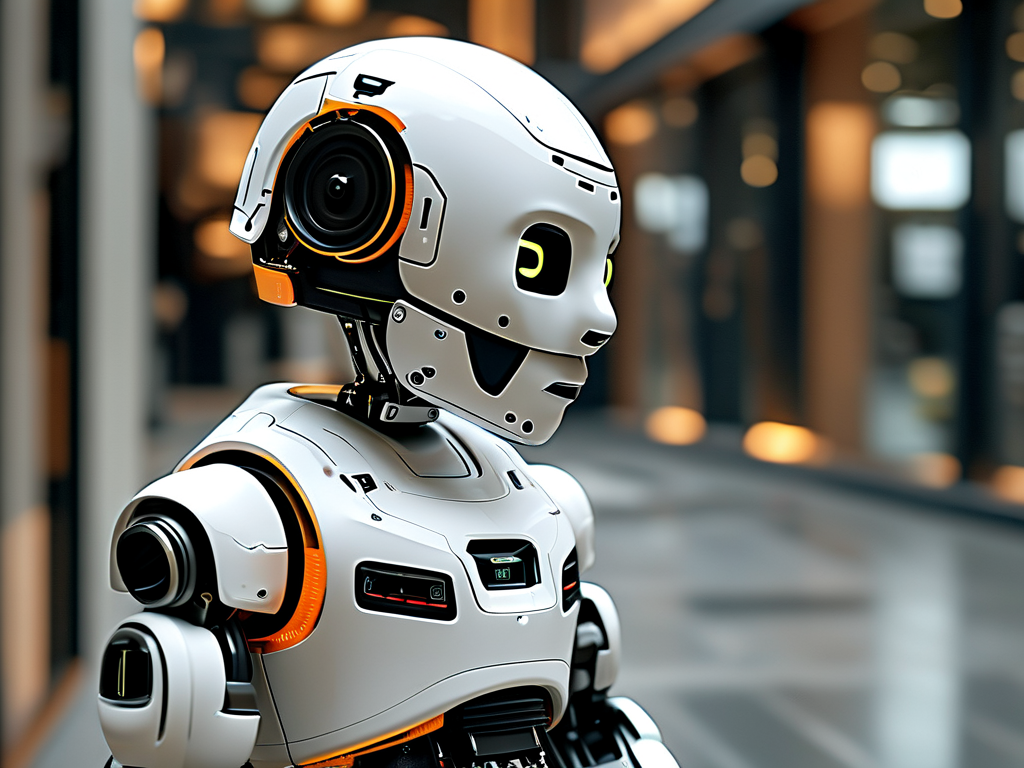As automation reshapes industries worldwide, Pudu Robotics has emerged as a frontrunner in developing intelligent service robots tailored for hospitality, healthcare, and logistics sectors. This article delves into the technical parameters defining their flagship models, highlighting how these innovations address real-world operational challenges.

Precision Navigation Systems
Central to Pudu's robotic solutions is the multi-sensor fusion navigation architecture. Devices like the BellaBot and KettyBot employ simultaneous localization and mapping (SLAM) algorithms enhanced by depth cameras, LiDAR, and inertial measurement units (IMU). This combination enables centimeter-level positioning accuracy even in dynamic environments with moving obstacles. Field tests demonstrate a 0.5° angular deviation margin during 8-hour continuous operation, ensuring reliable pathfinding in crowded restaurants or hospital corridors.
Power Management Breakthroughs
The company's proprietary battery technology delivers 15-20 hours of active service per charge across most models, supported by 2-hour fast-charging capabilities. For high-demand scenarios, the HolaBot series implements hot-swappable battery modules that reduce downtime to under 30 seconds. Energy consumption metrics reveal a 22% improvement over previous generations, achieving 0.8kW·h/100km under standard payload conditions.
Payload and Structural Engineering
Optimized for diverse applications, Pudu robots exhibit variable load capacities ranging from 20kg to 100kg. The ThunderBot transport unit features reinforced titanium alloy joints and adaptive suspension, maintaining stability across inclines up to 15°. Modular tray designs allow custom configurations, with anti-vibration dampers minimizing spillage risks during food or medical supply delivery.
Human-Robot Interaction Features
Advanced voice recognition systems support 98% accuracy in noisy environments (≤75dB), while 4K resolution cameras enable facial recognition for personalized service delivery. The latest firmware update introduces multilingual interfaces covering 12 languages, crucial for global deployments. Touchscreens with haptic feedback provide intuitive control, complemented by real-time status displays visible from 160° viewing angles.
Network and Security Protocols
Pudu’s robots utilize hybrid 5G/Wi-Fi 6 connectivity with automatic failover mechanisms, ensuring uninterrupted data transmission. The encrypted communication framework meets ISO/SAE 21434 standards, preventing unauthorized access to operational data. Over-the-air (OTA) updates are cryptographically signed, with dual-redundancy storage protecting critical navigation maps.
Environmental Adaptability
Certified for IP54 dust/water resistance, these robots operate reliably in temperatures from -10°C to 50°C. The SnowBot variant demonstrates exceptional performance in sub-zero conditions, utilizing heated wheel treads and anti-fogging thermal cameras. Laboratory simulations confirm consistent functionality at 85% humidity levels, expanding deployment potential to tropical regions.
Sustainability Metrics
Aligned with circular economy principles, Pudu robots incorporate 30% recycled materials in structural components. Energy recovery systems capture kinetic energy during deceleration, contributing to 12% overall efficiency gains. The company’s lifecycle management program guarantees 95% component recyclability after 10-year operational periods.
These technical specifications position Pudu Robotics at the forefront of service automation. By continuously refining parameters through machine learning feedback loops from 50,000+ global deployments, the company maintains technological leadership while addressing evolving industry needs. Enterprises evaluating automation solutions must consider how these measurable capabilities align with specific operational requirements, from precision movement thresholds to environmental compliance standards.

